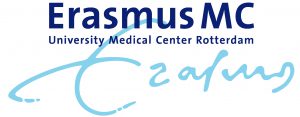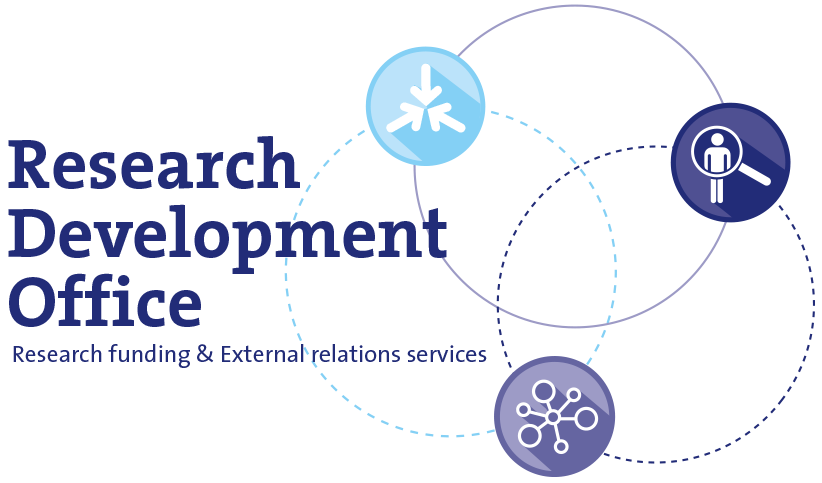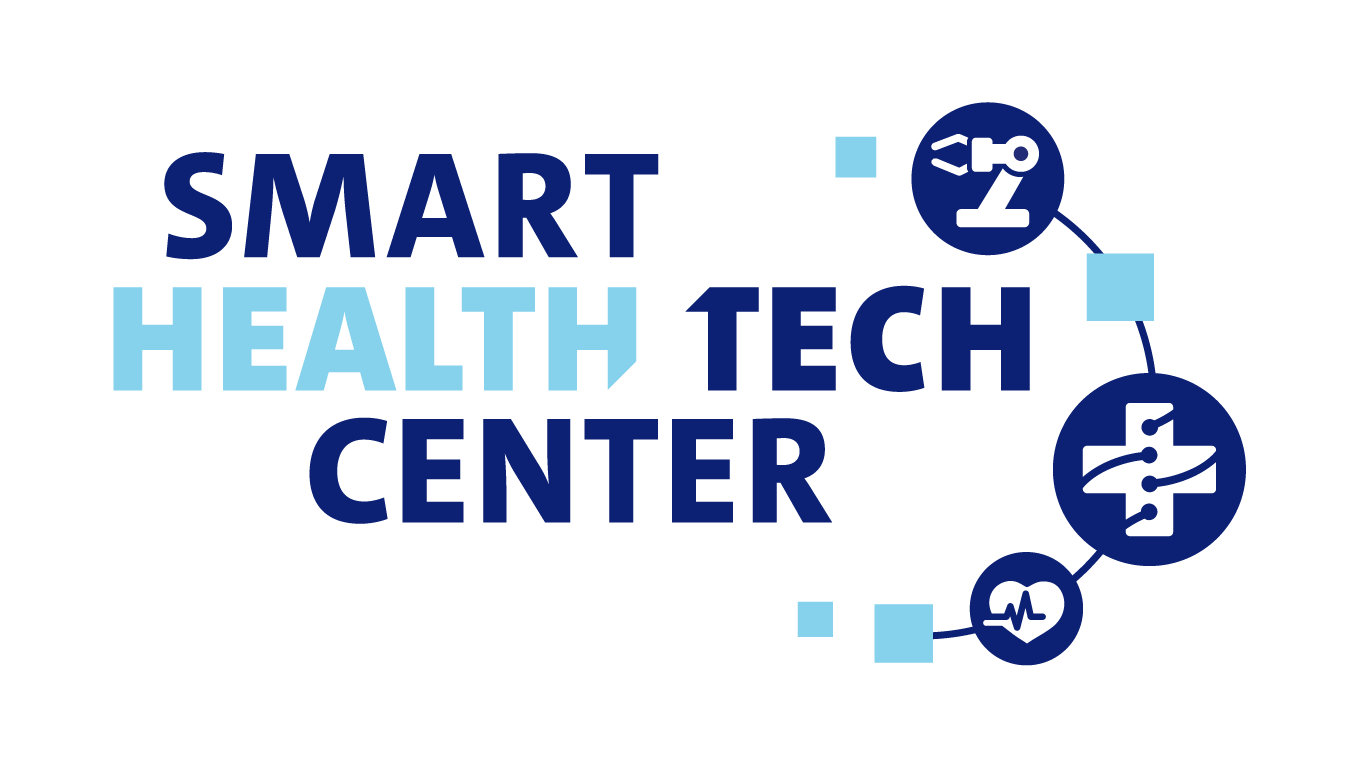(EUSCREEN) Implementation of cost-optimized childhood vision and hearing screening programmes in middle-income countries in Europe

Project summary
Screening for vision and hearing disorders in children has shown to be highly effective. Early detection and treatment of a lazy eye (prevalence 3%) prevents lifelong visual impairment. Early detection and treatment of hearing impairment (prevalence 0.15%) prevents delayed speech and language development.
Across Europe inequity between High-Income and Low- to Middle-Income Countries(LMICs) exists in the provision of childhood vision and hearing screening programmes (VAHSPs) making it difficult for healthcare providers and policy makers to decide what VAHSP to implement. In this study, cost-optimised, evidence-based VAHSPs will be implemented in two LMICs, based on collated evidence from existing VAHSPs in Europe. The decision-analytic modelling framework and the strategy for implementation will be packed into a transferable TOOLKIT that will assist healthcare providers and policy makers worldwide in their decisions to introduce or modify VAHSPs, and increase effectiveness, efficiency and equity of child healthcare.
Impact
A transferable TOOLKIT will be implemented to assist healthcare providers, policy makers and professionals in their decisions to introduce or modify childhood vision and hearing screening programs.
More detailed information
Principal Investigator:
Prof. dr. Huibert Jan Simonsz
Role Erasmus MC:
Coordinator
Department:
Project website:
Funding Agency:
Horizon 2020



